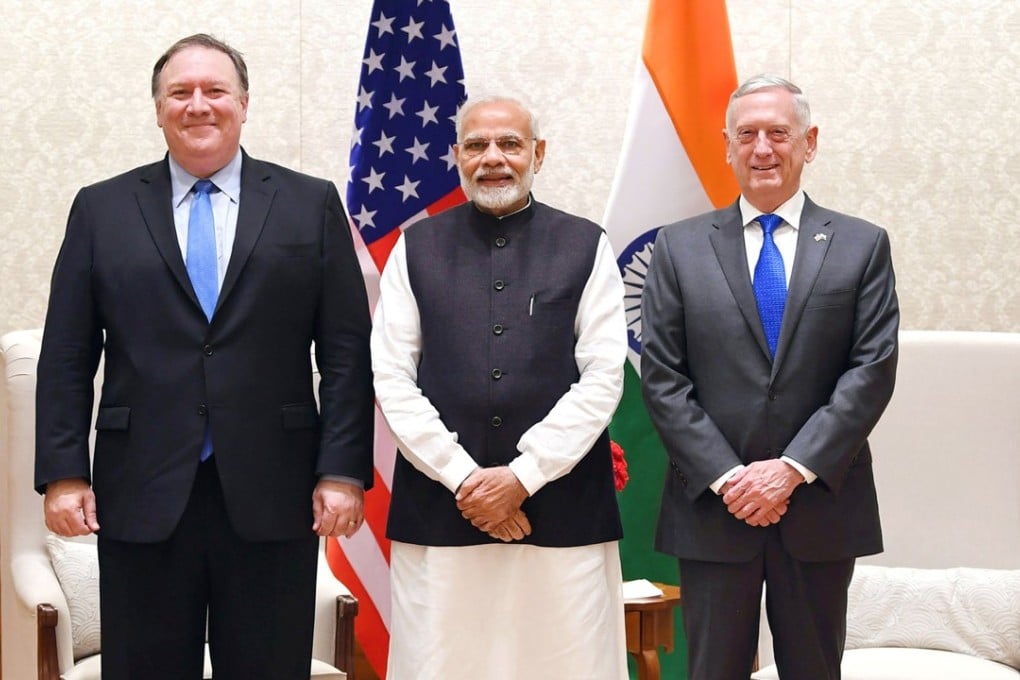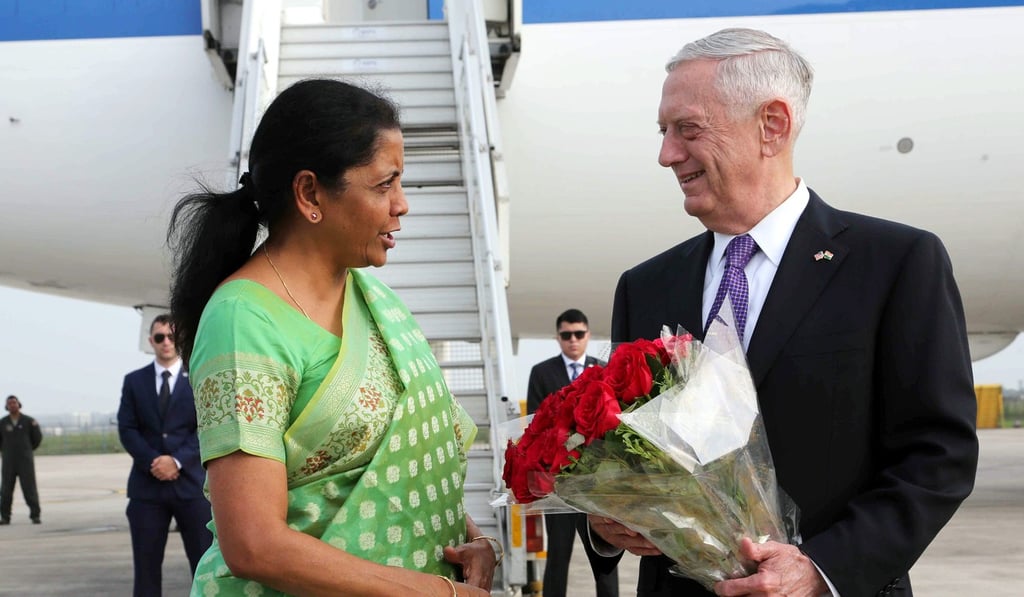Asian Angle | For Modi’s India, 2+2=0 as Trump tightens the leash
US scores major defence deals and draws India deeper into its security calculus with access to military technology, while New Delhi appears happy to hand over the reins of its neighbourhood policy for nothing much in return

The US-Indian defining partnership took a leap forward in the field of defence at the first session of the “2+2” dialogue of the two countries’ foreign and defence ministers in New Delhi this week.
It is a “win-win” for Washington. Highly lucrative multibillion-dollar arms deals sail into view, while Washington also shepherds India towards a US-led alliance system in the Indo-Pacific.
The “2+2” focused on deepening the US-Indian military ties. The leitmotif is “interoperability”, which translates as India’s incremental induction into the US’ Indo-Pacific alliance system. Thus, the single biggest outcome of the “2+2” is the signing of an agreement on “communications compatibility and security arrangement” (known as Comcasa), which provides for communications interoperability by making available American equipment to India to access the US’ super secret communications and navigation kits.
‘ATM Modi’ squirms in Trump’s Afghan embrace
The Comcasa is being projected as a “force multiplier” for India in any conflict with China or Pakistan. Thus, while deploying American-made C-130J Super Hercules Special Forces planes behind enemy lines in Pakistan’s Punjab or China’s Tibet, secure communications with ground teams becomes possible. Again, Indian Navy Boeing P-8I maritime aircraft hunting for Chinese submarines in the Indian Ocean can communicate with land bases through secure channels. Besides, Indian forces can tap into the Common Air and Tactical Picture or Maritime Domain available with the US. Isn’t it a heady thought that the US could be India’s “silent partner” in any conflict in Doklam?
Comacosa complements growing US military sales to India. Alongside, other things are also happening – announcement of tri-service US-Indian military exercises for the first time; posting of liaison officers between the Indian Navy and the US Naval Forces Central Command based in Bahrain; new Initiatives in military technology, and so on.

The joint statement after the “2+2” highlighted the steps taken to enhance interoperability – US’ designation of India as “major defence partner”; US military sales to India (valued at US$16 billion); easing of US restrictions on exports of progressively higher levels of technology to India; inclusion of India in the top tier of countries entitled to licence-free exports of US technology, etc.
